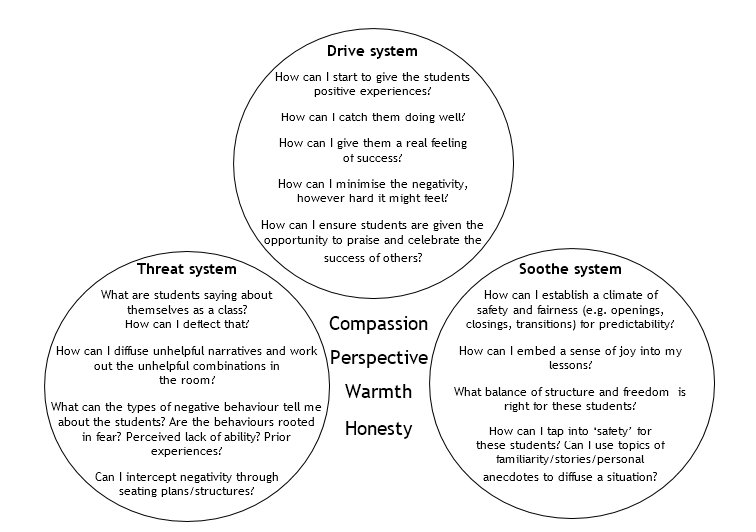Say hello to your inner reptile! Why getting to know yourself might just save you
Burnout – fuelled by stress, anxiety and depression – is causing our profession to haemorrhage good people. That’s without getting started on the impact that modern education has on younger people.
As a response, we’ve duped ourselves into forgetting who – and what – we really are. Our brain isn’t simply human. Recognising this can help us understand the stress we and our students feel every day.
Our brain consists of three layers:
- Threat system: the reptilian part linked with fight or flight responses and impulses you aren’t even aware of.
- Drive system: the part that can attach feelings to memories and drives us towards pleasure and away from pain.
- Soothe system: the part that’s most human, and helps us make meaning and patterns out of things.
Mental health problems occur when we confuse the signals from the first two and start to feel like the world isn’t a safe place. That pile of marking or tough class you’re stressed about can make you start to feel panic and anxiety regularly, and your thinking brain can unknowingly start to make you feel like you intrinsically are the problem. It’s normal, and it’s natural, but that’s not the end of the story.
I’d argue that as a profession we now hold ourselves responsible for all of the ills and anxieties of a much wider system. There’s a whole body of research on this, and we’re only just starting to see how it can be applied to a teaching context. A wonderful psychological model – compassion focused therapy, developed by Paul Gilbert – argues that by considering these three parts of the brain, we can start to look at ourselves with more perspective, and with honesty and warmth, in order to work out solutions to problems.
We can start to plan for difficult situations in our schools and to think about how we can plan for classes and students whose own brains can be the cause of difficult behaviours. If we consider the compassion focused therapy model in the context of planning for classes we might find challenging, it might help us to feel less threatened, and instead respond more effectively to challenging behaviour.
Plotting a way forward with a difficult class
Let’s imagine you have a class on your timetable that gives you a lurching feeling; it could be the mix of students, particular individuals, a time of day that causes an issue – or perhaps a mix of all three. I would thoroughly recommend searching online for ‘Soothing Rhythm Breathing’ – a guided technique that will bring your own soothing systems online. It’s also important to seek advice and understanding from colleagues around you on a human level because to feel understood and validated is something too many people forget about. Remember, you are first and foremost a human being that needs to feel safe and understood to be the best version of yourself.
More broadly and as a next step, the model here will give you a structure to frame some strategic thinking about how to approach the difficult class. To a degree, you can think of a class as a single entity whose challenging behaviour reveals clues and motivations. Using the questions in the image above to reflect on your approach should give you some perspective about finding solutions. I love the saying: ‘Ask not what is in your head: ask what your head is inside!’ In other words, see the class for what it is: a group of people at a particular time of day.
